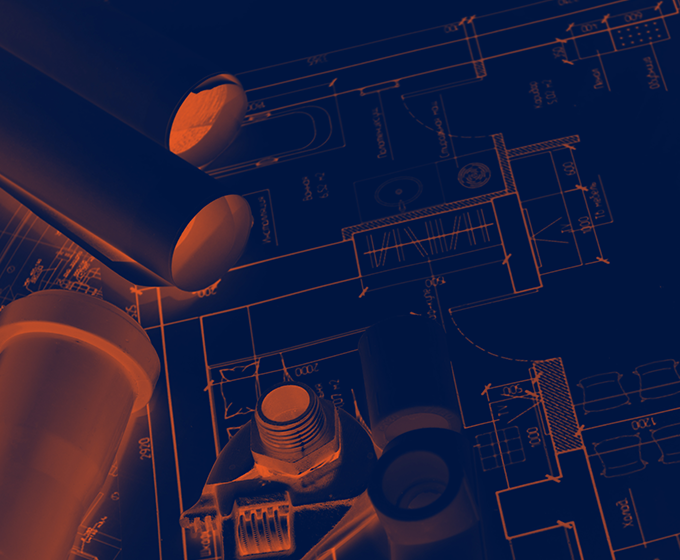MAY 29, 2020 — A fluid is both a gas and liquid, such as air, water, steam and oil. Ordinarily, engineering students in the Griffin Thermal and Fluids Laboratory at UTSA experiment with wind tunnels, tapered ducts, valves, pipe fittings and hydraulics to observe the forces fluids produce under various conditions. With the sudden onset of a coronavirus pandemic, though, these are unusual times for universities.
“We had to think creatively, taking a different approach for each lab,” Jeanette Oru ç De Le ó n , a lecturer in the Department of Mechanical Engineering, said of the quick transition from live lab work to virtual classes in March.
She and her teaching assistants adapted the hands-on experiments for a virtual experience. After completing three of the five experiments set for the semester before the shutdown, De León asked students to examine the plumbing and air-conditioning systems in their own homes.
“Thermal and fluid systems are everywhere,” Daniel Portillo , one of De León’s teaching assistants, said. “For instance, studying their home air-conditioning units. The students already learned the math but haven’t yet translated it to real-world applications. They observe what’s at hand and then write a report.”
The feedback from students has been positive, maybe even revelatory, with the discovery that the models studied in the class are representations of more significant and sophisticated versions in residential housing setups and industrial applications.
Portillo said about half of the students live in houses and the rest in apartments. Assignments were structured so that there was no discontinuity between where the students lived—for example, a study of spigots and toilets.
“This information is attainable everywhere,” Portillo said.
De León was satisfied with how the quick transition toward remote learning turned out because it helped students think outside the lab. An open discussion board provided instant feedback to the professor.
“It was a good first try,” De León said. “I enjoyed the challenge of adapting to new methods for student learning.”
The second try began when the 10-week summer term labs started on May 26. Francisco Herbert , a senior lecturer in the Department of Mechanical Engineering, is overseeing the transition of the Measurements and Instrumentation Lab.
At the end of spring break in March the professor learned of the sudden transition to online learning due to the novel coronavirus.
“I was thinking, If students can ’ t come to the lab, the lab must go to the students, ” Herbert said.
Herbert found inexpensive components online, such as sensors, actuators and data acquisition systems. Together these parts can mimic the more complicated and expensive apparatus located on campus and show students the process of taking proper measurements. The cost to the students would be between $20 and $40. Herbert said the department found a way to reimburse up to $30 for the equipment.
“In the end the students were able to complete their experiments at home,” Herbert said. “They showed us functional experiments via video. And they will keep the equipment for use in many other upper-level classes at UTSA, killing many birds with one stone. The strategy worked very well.”
The transition to hands-on coursework was not perfect because of the pandemic disruptions, Herbert admitted. Everyone’s usual productivity habits have been disrupted, but we are also adapting to a new present.
“Working at home is sometimes not conducive to learning,” he said. “There are distractions. Often students don’t have a space to work. It’s tough and time-consuming to write 10-to-15-page reports.”
Yet the students conquered these challenges. Herbert said they were happy to have these hands-on exercises at home. And they liked having all the materials online they could access.
“It was easier to conduct experiments in this way,” he said. “I believe we are all better prepared for summer, now that we know what it’s like to work at home. Productivity will increase because of this experience.”


